This article was medically reviewed by Luba Lee, FNP-BC, MS and by wikiHow staff writer, Jessica Gibson. Luba Lee, FNP-BC is a Board-Certified Family Nurse Practitioner (FNP) and educator in Tennessee with over a decade of clinical experience. Luba has certifications in Pediatric Advanced Life Support (PALS), Emergency Medicine, Advanced Cardiac Life Support (ACLS), Team Building, and Critical Care Nursing. She received her Master of Science in Nursing (MSN) from the University of Tennessee in 2006.
There are 12 references cited in this article, which can be found at the bottom of the page.
This article has been viewed 14,979 times.
If you've had a baby, experience incontinence, or are trying to improve your sex life, strengthening your pelvic floor muscles can empower you. It's important to identify the correct pelvic floor muscles that wrap around your vagina so you can begin contracting and releasing them in a series of exercises known as Kegels or wall squats. With regular practice, you'll have more control over the muscles that surround your vagina.
Things You Should Know
- To find your pelvic floor muscles, sit on an exercise ball or rolled towel and imagine contracting your muscles to stop urinating mid-stream.
- Doing Kegel exercises 2-3 times a day for 4-6 weeks will help make your pelvic floor muscles stronger, which could help bladder control issues.
- You can also do 10 sets of wall squats up to 3 times a day to help make your pelvic floor muscles stronger.
Steps
Locating Your Pelvic Floor Muscles
-
1Sit on a rolled towel to make it easier to feel your muscles. Take a hand towel and roll 1 of the short ends across to the opposite end. Place it on the seat of your chair and sit directly on it so it's parallel with your legs. Raising yourself up on the towel helps you feel the muscles of your pelvic floor.[1]
- If it's more comfortable, sit on a large exercise ball instead of the rolled towel.
Did You Know? The pelvic floor muscles wrap around and support your vagina, urethra, and anus. The muscles sling from the sides of your pelvis and from the front to the back of your pelvis to provide support.
-
2Sit up straight so you can fully contract the pelvic floor muscles. If you're slumped over with your shoulders hunched, you won't be able to fully contract and expand the muscles. Instead, sit tall so your spine curves in near your tailbone.[2]
- If it helps, sit in front of a mirror so you can check your posture.
Advertisement -
3Imagine that you're urinating and stopping the flow. You use your pelvic floor muscles to stop urinating, so imagine relaxing those same muscles. Then, try to imagine cutting off the flow of urine so those muscles contract and pull up inside you.[3]
- Don't actually practice doing this while you're on the toilet because you could weaken your pelvic floor muscles.
-
4Repeat this while you pay attention to your lower body. Try to contract the pelvic floor muscles again. This time, ensure that you're not sucking in your abdomen, inner thighs, or bottom. If you've located your pelvic floor muscles, you shouldn't see these parts of your body move or lift. Relax the muscles so you don't strain them.[4]
- For example, if you see your abdomen bulging, you're squeezing those muscles instead. Remember that your pelvic floor muscles are the ones you use to hold back a bowel movement or prevent yourself from passing gas.
- You may have a hard time identifying and contracting the muscles if they're weak and you're just starting out. With practice, your muscles will strengthen.
-
5Insert a clean finger into your vagina to feel your muscles contract. Wash your hands thoroughly for at least 20 seconds and lay flat on your back. Slowly insert about 2 inches (5.1 cm) of a clean finger into your vagina. Then, contract your pelvic floor muscles. If you've identified them, you'll feel your vaginal muscles wrap around your finger while your pelvic floor lifts.[5]
- If you can't feel the muscles tighten, insert 2 fingers and contract the muscles again.
Doing Kegel Exercises
-
1Sit up straight or lie flat on your back. Choose whichever position is more comfortable for you. You can lie on the ground or on your bed and place your arms at your sides. If you're sitting in a chair, keep your feet flat on the floor and your arms down at your sides.[6]
- Try to relax before you begin your exercises. This helps you focus on breathing and contracting the right muscles.
-
2Breathe in deeply and relax your pelvic floor muscles. Take a deep breath through your nose and don't pull in your pelvic muscles. Instead, let your abdomen expand as you breathe.[7]
- Relaxing your pelvic floor muscles fully will allow you to contract them more with each Kegel you do.
-
3Exhale while you contract your pelvic muscles. Open your mouth and slowly breathe out while you draw your pelvic muscles in and up. Try to keep the movement smooth and even.[8]
- Eventually, you'll build a rhythm of breathing with contractions.
-
4Hold the contraction for 3 to 6 seconds. Keep your muscles tightened during this time and breathe in again. Release the contraction as you slowly breathe out. Contracting your pelvic floor muscles strengthens them if you do the exercises frequently.[9]
- For a slightly different exercise, lie on your back with your knees bent. Position your feet so they're flat and hip-width apart. When you breathe in, lift up your hips. Then, lower them when you breathe out.
-
5Relax your pelvic floor muscles for 6 to 10 seconds. Once you've released your contraction, breathe in and out normally. This allows your muscles to fully relax before you contract them again. Then, you can contract the muscles again.[10]
- Try to do about 10 contractions followed by resting breaks.
Tip: The more you practice Kegels, the stronger your muscles will get. You can eventually work up to holding the contractions for 6 to 10 seconds at a time. Then, rest the muscles for a full 10 seconds.
-
6Do 2 to 3 sets of Kegel exercises a day for at least 4 to 6 weeks. To do 1 set of Kegels, contract and relax your muscles 10 times. Do another 1 or 2 sets at different points during the day to strengthen the muscles. It may take up to a few weeks, but your muscles will become more responsive, especially if you've been experiencing incontinence.[11]
- If you struggle to keep with an exercise routine, try downloading an app that reminds you to do your daily Kegels.
Trying Wall Squats
-
1Stand with your back against a wall. Position your back against a wall so you're standing straight and tall. Put your feet one-foot's width in front of you and place them flat so they're hip-width apart. Then, put the palms of your hands down at your sides.[12]
Tip: Planting your feet slightly in front of you will stabilize you as you lower into the squat. If you place your heels back against the wall, you can't move down into a deep squat.
-
2Breathe in and lower your back down until your hands are level with your knees. Breathe in slowly through your nose while you relax your pelvic floor muscles. Gradually slide your back down the wall as you do this. Keep lowering yourself until the palms of your hands are level with your knees.[13]
- If it helps, imagine that you're lowering yourself into a chair.
-
3Hold the squat for 3 to 10 seconds. Hold your breath as you count to at least 3. For a more intense squat, hold it for up to 10 seconds. Remember to keep your palms on the wall at your side while you do this.[14]
-
4Exhale and contract your pelvic floor muscles as you slide back up the wall. Once you've counted to at least 3, slowly release your breath. Draw up your pelvic muscles as you do this so you feel a contraction and slide your back up to the position you started from.[15]
- Take a restful breath once you come back up to standing.
-
5Rest for 10 seconds before doing another squat. Give your pelvic floor muscles time to fully release and relax before you begin another wall squat. Try to do another 9 squats before finishing your exercise session.[16]
- Try to do 10 squats about 3 times throughout the day.
References
- ↑ https://youtu.be/kQKR5uLkeUM?t=144
- ↑ https://youtu.be/kQKR5uLkeUM?t=309
- ↑ https://www.mayoclinic.org/healthy-lifestyle/womens-health/in-depth/kegel-exercises/art-20045283
- ↑ https://www.mskcc.org/cancer-care/patient-education/pelvic-floor-muscle-kegel-exercises-women-improve-sexual-health
- ↑ https://my.clevelandclinic.org/health/articles/14611-kegel-exercises
- ↑ https://www.mskcc.org/cancer-care/patient-education/pelvic-floor-muscle-kegel-exercises-women-improve-sexual-health
- ↑ https://www.mayoclinic.org/healthy-lifestyle/womens-health/in-depth/kegel-exercises/art-20045283
- ↑ https://www.mskcc.org/cancer-care/patient-education/pelvic-floor-muscle-kegel-exercises-women-improve-sexual-health
- ↑ https://www.prevention.com/fitness/workouts/a20466790/pelvic-floor-exercises-to-prevent-urinary-incontinence/
- ↑ https://my.clevelandclinic.org/health/articles/14611-kegel-exercises
- ↑ https://medlineplus.gov/ency/article/003975.htm
- ↑ https://youtu.be/_bweG9fBOBw?t=17
- ↑ https://youtu.be/_bweG9fBOBw?t=23
- ↑ https://youtu.be/_bweG9fBOBw?t=36
- ↑ https://www.prevention.com/fitness/workouts/a20466790/pelvic-floor-exercises-to-prevent-urinary-incontinence/
- ↑ https://www.prevention.com/fitness/workouts/a20466790/pelvic-floor-exercises-to-prevent-urinary-incontinence/
- ↑ https://www.prevention.com/fitness/workouts/a20466790/pelvic-floor-exercises-to-prevent-urinary-incontinence/
- ↑ https://www.mskcc.org/cancer-care/patient-education/pelvic-floor-muscle-kegel-exercises-women-improve-sexual-health
- ↑ https://healthblog.uofmhealth.org/womens-health/how-to-do-better-kegels-at-any-age
- ↑ http://www.healthadvocate.com/_mobile/downloads/communications-pdfs/healthy_baby/hbp_f_pelvic_strengthening.pdf
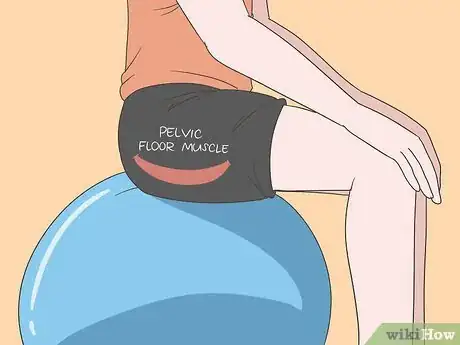
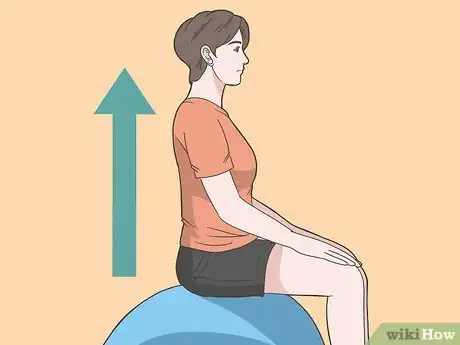


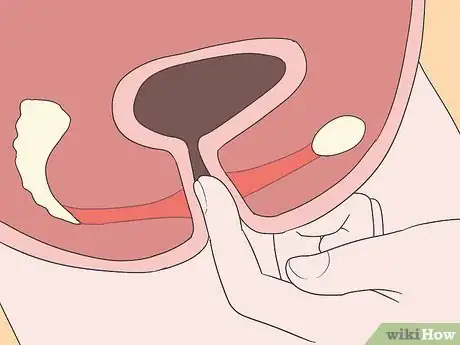
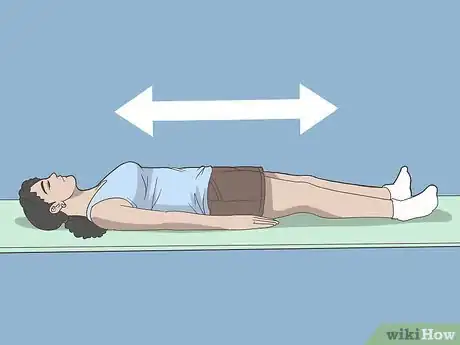
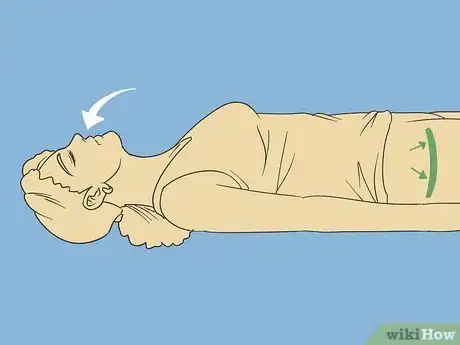
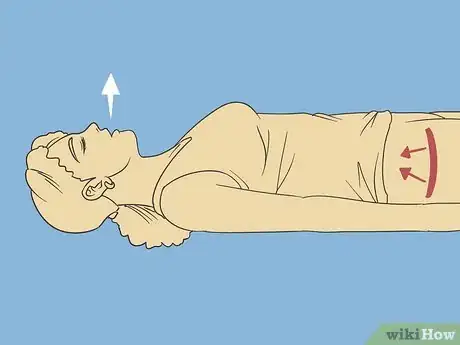
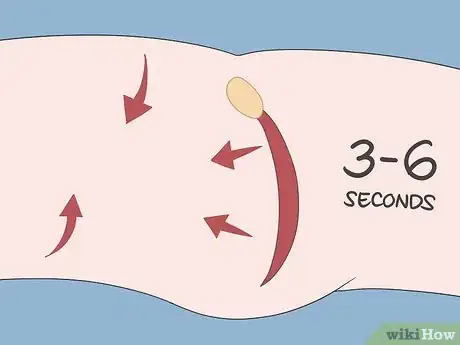
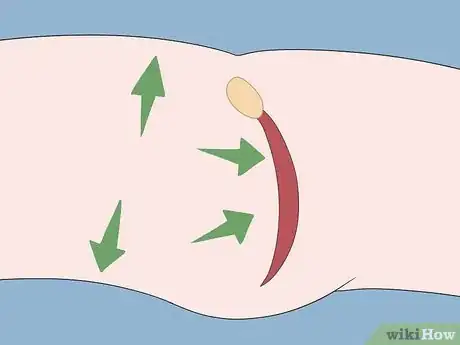


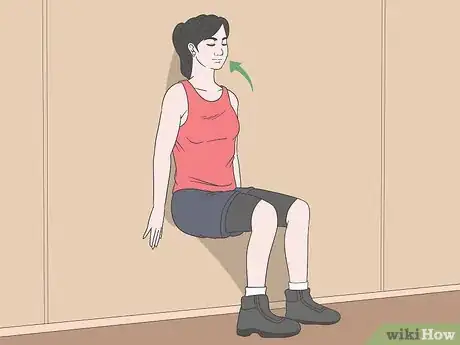
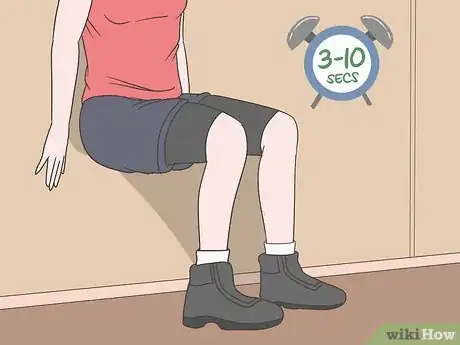
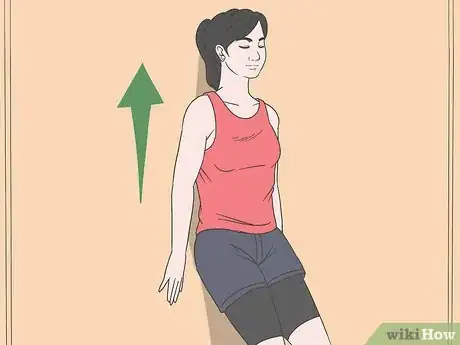
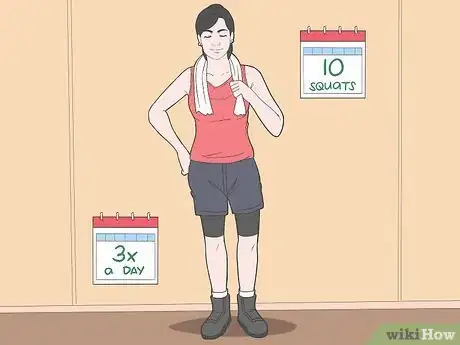

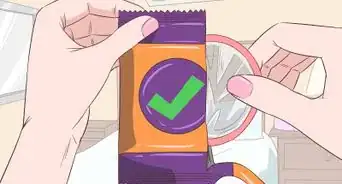
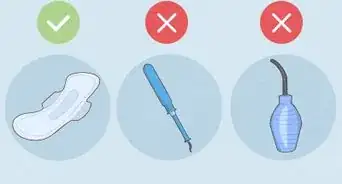



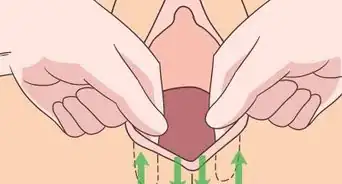


-Step-10-Version-2.webp)











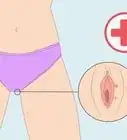

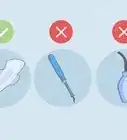




































Medical Disclaimer
The content of this article is not intended to be a substitute for professional medical advice, examination, diagnosis, or treatment. You should always contact your doctor or other qualified healthcare professional before starting, changing, or stopping any kind of health treatment.
Read More...